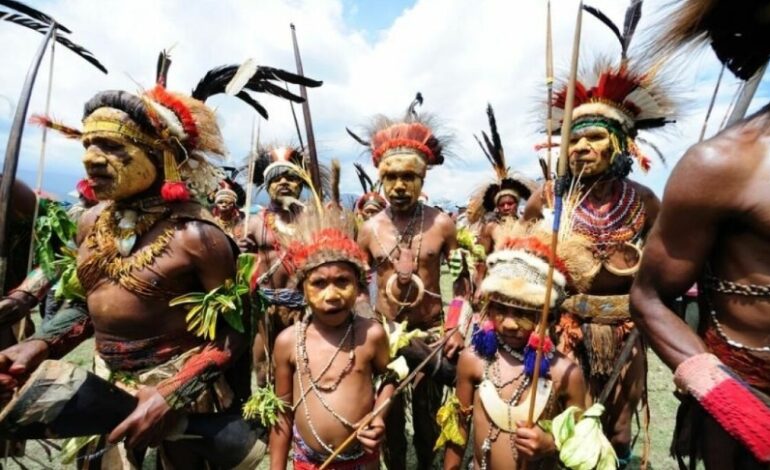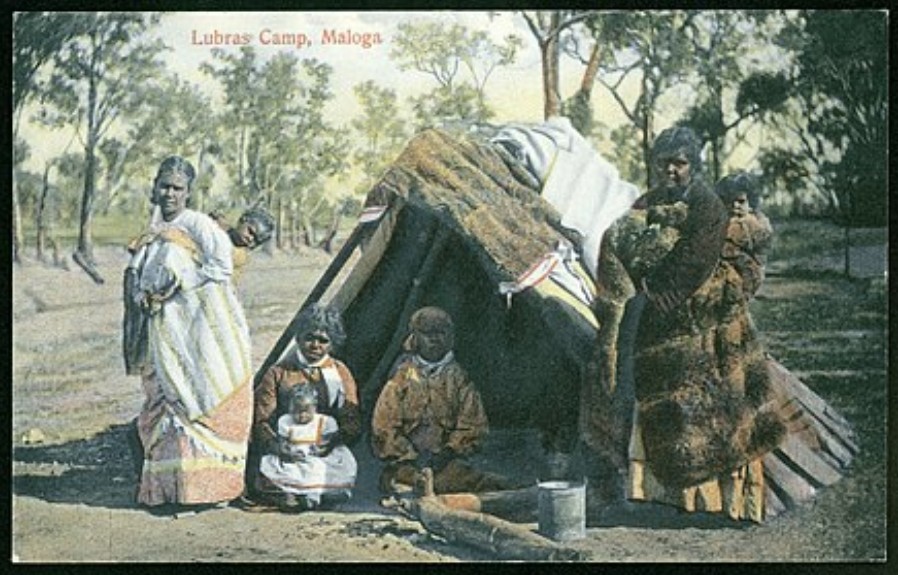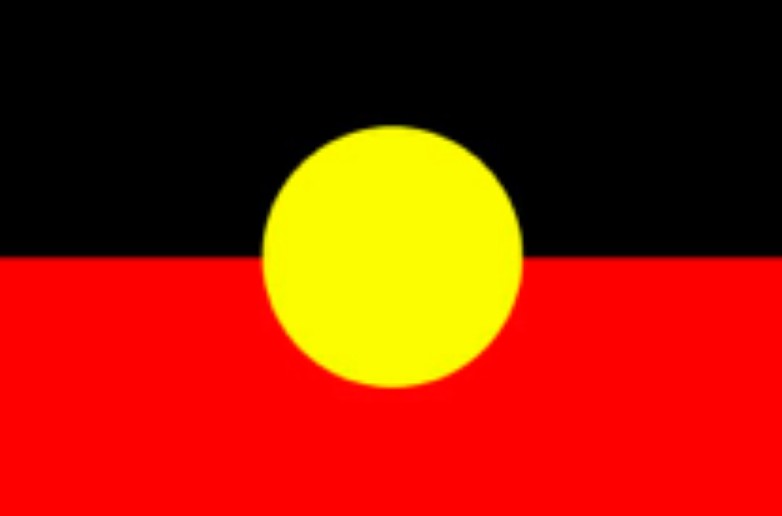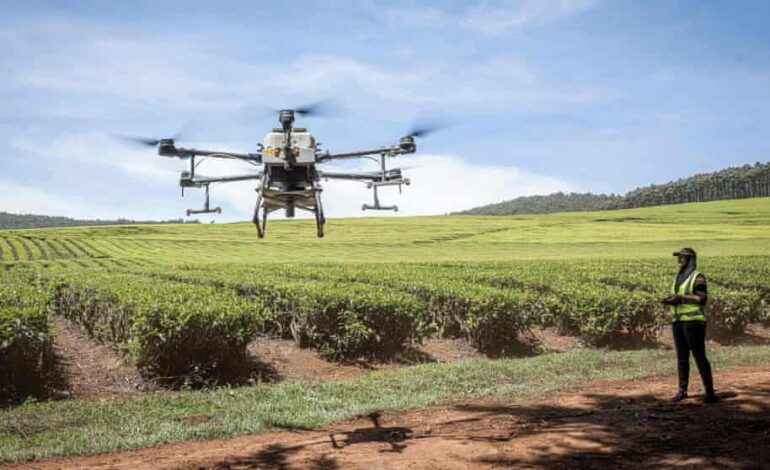
Wayne Lumbasi
Aborigines typically refer to the indigenous peoples who have inhabited a particular region for many generations, often long before the arrival of colonizing or dominating cultures.
This term is most commonly associated with the original inhabitants of Australia, known as Aboriginal Australians or simply Aboriginals. Aboriginal Australians have a rich and diverse cultural heritage, with a history spanning tens of thousands of years.
They have a deep connection to the land and consider themselves custodians of their ancestral territories. This connection is often expressed through art, storytelling, and ceremonial practices. It’s important to note that the term “Aborigines” can also refer to indigenous peoples in other parts of the world, particularly in the Americas, such as Native Americans in the United States and First Nations in Canada.

Image: /Courtesy/
In Australia, there is a broad diversity of Aboriginal cultures, each with its own languages, customs, and traditions. However, these communities have also faced significant challenges, including dispossession of their lands, discrimination, and social and economic disparities.
Efforts have been made in Australia to recognize and address historical injustices and to promote reconciliation between Aboriginal and non-Aboriginal Australians. This includes initiatives like the National Sorry Day, which acknowledges the historical mistreatment of Aboriginal people, particularly through policies like the forced removal of Aboriginal children from their families, known as the Stolen Generations.
Since the European invasion Australia in 1788, the Aboriginal people have been oppressed into a world unnatural to their existence, a way of life that had continued for thousands of years. They were among the first humans to migrate out of Africa, across the coastlines of India and Asia until reaching the shores of Australia.

Aboriginal people lived in small family groupings that were linked into larger linguistic groups with different territorial limits prior to colonization. These societies had intricate family structures and social interaction rules; they had roles in law, education, spiritual growth, and resource management; they had language, rites, customs, and traditions; and they had vast knowledge of their surroundings.
To put it another way, Aboriginal cultures were robust and well-developed, Aboriginal communities were self-sufficient, and Aboriginal children were fostered and safeguarded.
The impact of European colonization on Aboriginal tribes and cultures was disastrous. In the name of protection, Aboriginal people were exposed to a variety of abuses, including mass massacres and being uprooted from their ancestral territories and relocated on missions and reserves. Cultural practices were rejected, and many were lost as a result. Colonization entailed massacre, violence, sickness, and loss for Aboriginal people.

Aboriginal peoples in different parts of the world, including Australia, face a range of complex and longstanding challenges.
It’s important to note that the situation may have evolved since then. These challenges include:
Health Disparities: Aboriginal communities often face significant health disparities, including higher rates of chronic diseases, substance abuse, and mental health issues. These disparities are linked to historical trauma, social determinants of health, and inadequate healthcare services.
Education: Educational opportunities for Aboriginal youth can be limited, with lower graduation rates and access to quality education. Many communities are geographically isolated, making it challenging to access schools and educational resources.
Economic Disparities: High unemployment and poverty rates are common among Indigenous populations. Limited access to economic opportunities, as well as discrimination in the job market, contribute to these disparities.
Justice System: Aboriginal people are often overrepresented in the criminal justice system. This can be linked to a history of discrimination, socioeconomic challenges, and bias within the legal system.
Cultural Preservation: Efforts to preserve and revitalize Indigenous cultures, languages, and traditions are ongoing. Many Aboriginal communities work to pass down their cultural heritage to future generations.
Environmental Issues: Many Indigenous communities live in areas with rich natural resources, making them vulnerable to environmental exploitation and degradation. Protecting their lands and resources is an ongoing concern.
Self-Government and Autonomy: Many Aboriginal communities seek self-governance and greater autonomy over their affairs. Negotiating agreements and building effective self-governance structures can be challenging.
Social Discrimination: Aboriginal people continue to face discrimination and stereotypes in society.
Efforts to address these challenges require a multi-faceted and culturally sensitive approach, involving collaboration between government agencies, non-governmental organizations, and Aboriginal communities themselves.
Additionally, policies that respect and uphold Aboriginal rights, self-determination, and cultural heritage are crucial for creating positive and sustainable change.

Today, approximately 3% of Australia’s population is Aboriginal. Aboriginal Australians continue to battle for recognition and restitution from the Australian government in order to preserve their ancient culture.
The state of Victoria is now negotiating a first-of-its-kind treaty with its Aboriginal community, which would recognize Aboriginal Australian sovereignty and involve reparations. Australia, on the other hand, has never made such a treaty, making it the only country in the British Commonwealth that has not ratified a treaty with its First Nations peoples.

The Aboriginal Flag was designed in the 1970s and its colors represent different aspects of Aboriginal life. The black symbolizes Aboriginal people, the yellow represents the sun and the red represents the earth and the relationship between people and the land.




